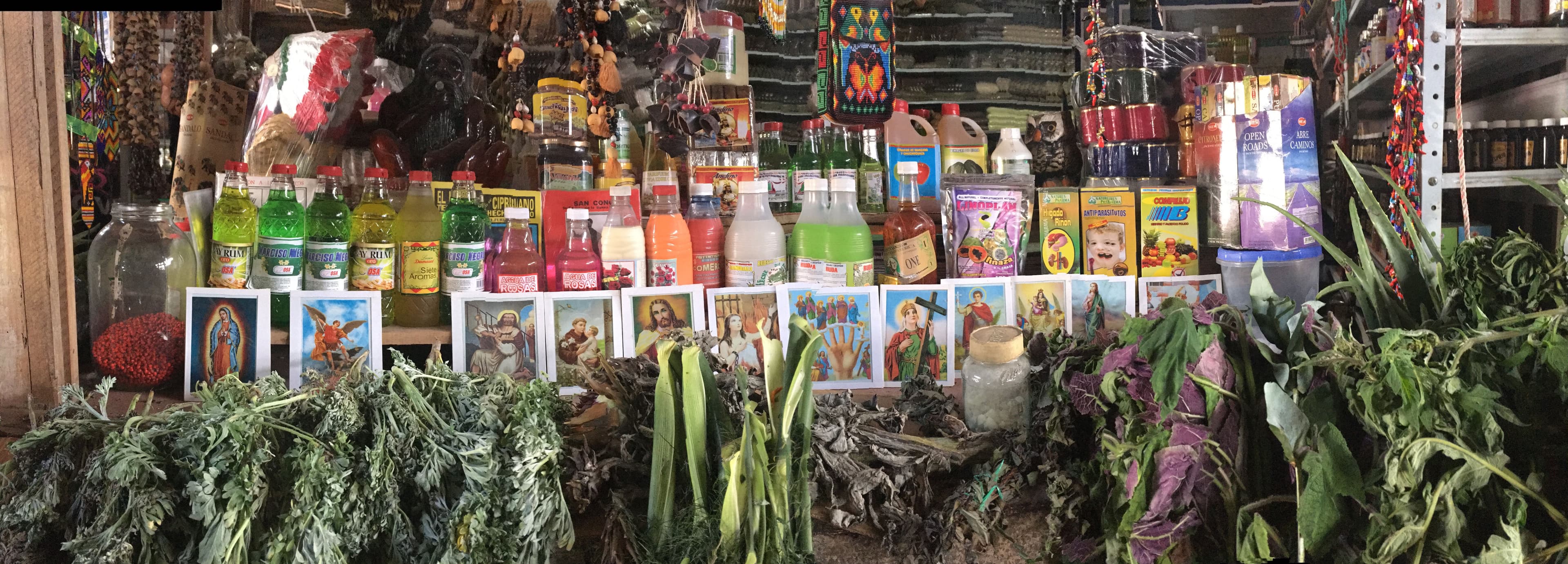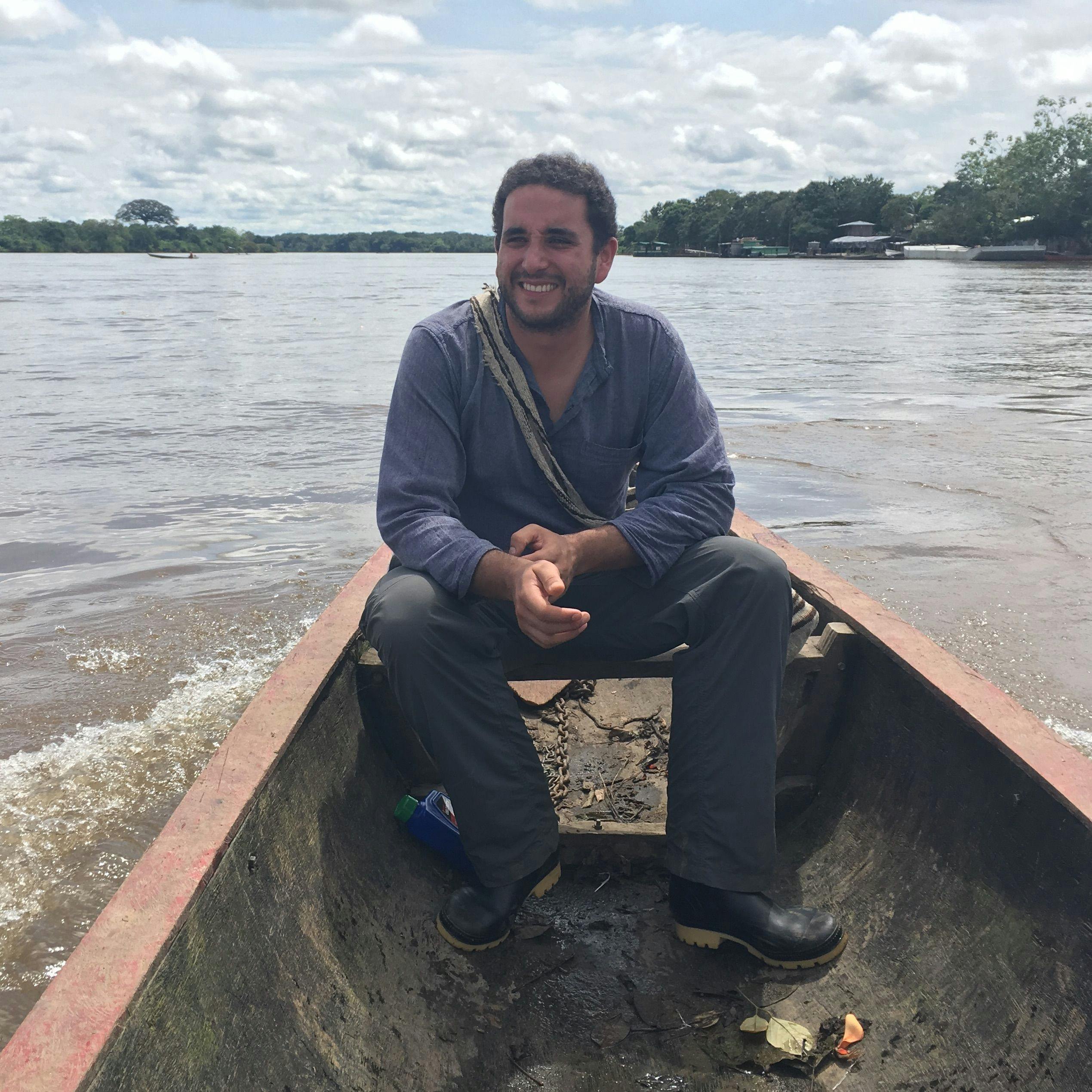As the awareness of ayahuasca has steadily gained ground in western culture, it is no surprise that one of the most extensive sections in this conference centred around the powerful brew. There are clear differences between the Ayahuasca section in the 50 year review compared to the one on Ayahuasca in the previous volume. Fifty years since the original volume, the brew made with Banisteriopsis caapi and Psychotria viridish has garnered the attention of a wide public, putting it at the centre of any discussion on psychedelics. As such, the current volume reflects the central role of ayahuasca in the new psychedelic revolution.Through these six papers, we get a broad appreciation of what makes ayahuasca such a fascinating substance. Each article offers a different perspective on some of the most intriguing questions regarding ayahuasca, such as plant intelligence, nonhuman agency and the epistemological shift needed to comprehend its characteristics.
The section begins with a piece authored by the Colombian anthropologist Luis Eduardo Luna. In this thought-provoking paper, he argues for the need to rethink nonhuman agents in order to understand a substance like ayahuasca. In particular, he advocates not dismissing the idea of plant sentience, but accepting and incorporating it into how we think about ayahuasca. To locals in the Amazon who have historically used this medicine, ayahuasca not only has a complex personhood, but can also take roles such as teacher and companion. Luna argues that the powerful experience produced by ayahuasca, "predisposes one to animistic ideas" (pg 28). This sensibility may help in the imminent ecological crisis by breaking down the current 'man over nature' discourse of modernity and facilitating a more intimate horizontal relationship with nonhuman cohabitants. This point is particularly interesting, considering that the experience of consuming psychedelics can have a transformative effect on the way people see and relate to the natural world. Indeed, the experience can facilitate a cognitive shift, breaking down some of the ontological barriers that western discourse requires to dictate and perhaps limit our relationship with nature.
This cognitive shift does not come easily, as Luna warns. He points out that the growing demand for ayahuasca not only promotes overharvesting the plants used to make the brew, but can also lead to prolific or chronic use, which poses other risks such as to the health of participants. I believe that Luna underestimates the series of problems that a wider audience and participation in ayahuasca rituals can produce.

In particular, he overlooks the importance of the shamanic guide in ayahuasca ceremonies. This is particularly important as shamans have an important role in ensuring the safety of participants. As this type of ceremony becomes increasingly profitable, more people will want to become shamans, and those who do not have the proper training are capable of doing great harm. It is also important to highlight that shamans not only keep people safe, but guide participants, sharing their personal beliefs and narratives, which have an important influence on the patients' experience and the outcomes of participating in the ritual. The issue of poorly trained or unprepared ayahuasca shamans is problematic, with documented cases of negative experiences and even sexual abuse.
The second paper is authored by the Chilean archaeologist Constantino Manuel Torres, who explores the history of this shamanic substance. He describes how what we understand today as ayahuasca, that is, the mix of Banisteriopsis caapi with either Psychotria viridis or Diplopterys cabrerana, is a relatively new invention. However, archaeological evidence does point to the use of other DMT N,N-Dimethyltryptamine and harmaline-containing plant mixtures in South America similar to ayahuasca in pre-hispanic times. Torres' theory is that mixtures such as the Anadenanthera snuffs, one of the first entheogens produced by pre-Columbian communities, could potentially be the predecessors of ayahuasca. This theory advocates that the widespread use of similar substances throughout the Amerindian world as a result of trade interactions between these communities, which facilitated not only the discovery of more powerful entheogens but allowed them to spread quickly.
I believe that Torres correctly emphasises the importance of pre-hispanic trade as a space of experimentation and as the possible origins of modern ayahuasca. This perspective is valuable, since ayahuasca is often thought of as ahistorical due to the romanticized view of indigenous shamanism and alternative medicine. Nonetheless, this paper would benefit from incorporating the growing discussions on the use of B. caapi in more quotidian medicinal practices, such as its possible early uses for emetic and diarrheal applications.
In the next paper, Evgenia Fotiou explores how the growing "shamanic tourism" (pg. 55) facilitates the consolidation of marginal practices and techniques and their dispersal to wider and more foreign audiences. This is the case of the dietas, which used to be a series of marginal practices used by some mestizo Peruvian shamans and healers who specialise on a specific plant or substance. This is important, since most research has focused on the effects of ayahuasca and not on the effects of other medicinal plants used in the dietas.

Dietas have become popular in western shamanic tourism, as people find this particular technique appealing. Fotiou does not explore why this technique has become so popular in western shamanic tourism. Instead, I have the impression that it might be due to it being one of the first ayahuasca traditions to open up to westerners. Nevertheless, Fotiou does recommend that a more in-depth analysis of the effects of these dietas on the participants is needed to guarantee their safety. This is an imperative concern, considering that several of the deaths linked with ayahuasca in the past few years have more to do with some of the dietas, especially the consumption of tobacco preparations. It must be stated that Tobacco is dangerous in high doses, and several deaths have been reported from excessive use in shamanic preparations. It is for this reason that Fotiou recommends further studies.
Glenn Shepard wrote the fourth paper in this section. He highlights the value of indigenous worldviews in promoting a more comprehensive understanding of these plants. As such, this paper emphasizes the importance of local indigenous perspectives on the difference between animate and inanimate nonhuman beings. For these communities, a nonhuman being can be animate if it has a specific internal spiritual or cosmological attribute that gives it the power to affect and interact with its surroundings. As such, plants, such as those used in ayahuasca, which have an internal attribute that can influence the world, are thus animate. This belief is prevalent throughout Amerindian Amazonia, and the idea that a plant acts through the person who consumes it is a crucial cosmological element of the Amazonian shamanic worldview. Shepard makes a point of comparing this worldview with the latest scientific research, which he states indicates the possibility that the alkaloids produced by plants are used to communicate between different plant cells. These theories allow for a re-evaluation of what we understand as plant intelligence and the role of the psychoactive compounds. However, the notion of plant intelligence is controversial in scientific communities, and therefore any new discussion on this subject has to be carefully formulated. Nevertheless, by introducing plant intelligence, Shepard is trying to bring together indigenous worldviews with western bioscience, which could be beneficial for the overall understanding of these plants.
Dale Millard's paper is an exploration of why Banisteriopsis caapi, with little or no psychedelic properties, is considered the central plant in any ayahuasca preparation. For Millard, the bias towards the visionary characteristics of ayahuasca has marginalised the medicinal and beneficial qualities of B. caapi. This plant is generally described as a passive ingredient, as its only purpose is to facilitate the activation and absorption of DMT, which is provided by other ingredients. Millard describes the many medicinal properties of harmine and harmaline, which suggest further potential applications in the medical field. His analysis is fascinating, as it legitimises local cosmological understanding, where B. caapi is mostly considered a medicinal plant rather than a psychedelic.

Finally, the section ends with a retrospective look at the man who began the ayahuasca phenomenon in the West, Richard Evans Schultes. The authors are his students and have a great deal of respect for Schultes, whom many consider to be the father of ethnobotany. His accomplishments in the forests of northwest Amazonia are impressive, and his work has influenced many students of Amazonian and ethnobotanical studies. It is no wonder that he is still relevant today. His contributions opened the door for many of the world of possibilities that we see today in ethnobotanical and psychedelic studies.
As a whole, this section is a very positive contribution to the latest research on ayahuasca. It is true that some of the more pressing problems with the growing popularity of ayahuasca are not sufficiently explored here, such issues of intellectual property rights, untrained shamans and the transformation of local traditional power structures. However, the section highlights how the recent interest in ayahuasca has incentivised the boom of scientific and social research on this type of shamanic psychedelic. For this reason these papers offer blueprints for new and exciting discussions on ayahuasca, particularly the notions of plant intelligence, nonhuman agency and psychedelic therapy. The section highlights the possibility that this substance can be a catalyst for social and cultural transformation, albeit if its power is used with care. I believe that this is the most interesting aspect of these papers, since other studies have already looked at the local impact of the globalization of ayahuasca. Instead, fringe discussions such as nonhuman agency and plant intelligence are usually overlooked and are an important element to truly understand these entheogens.

